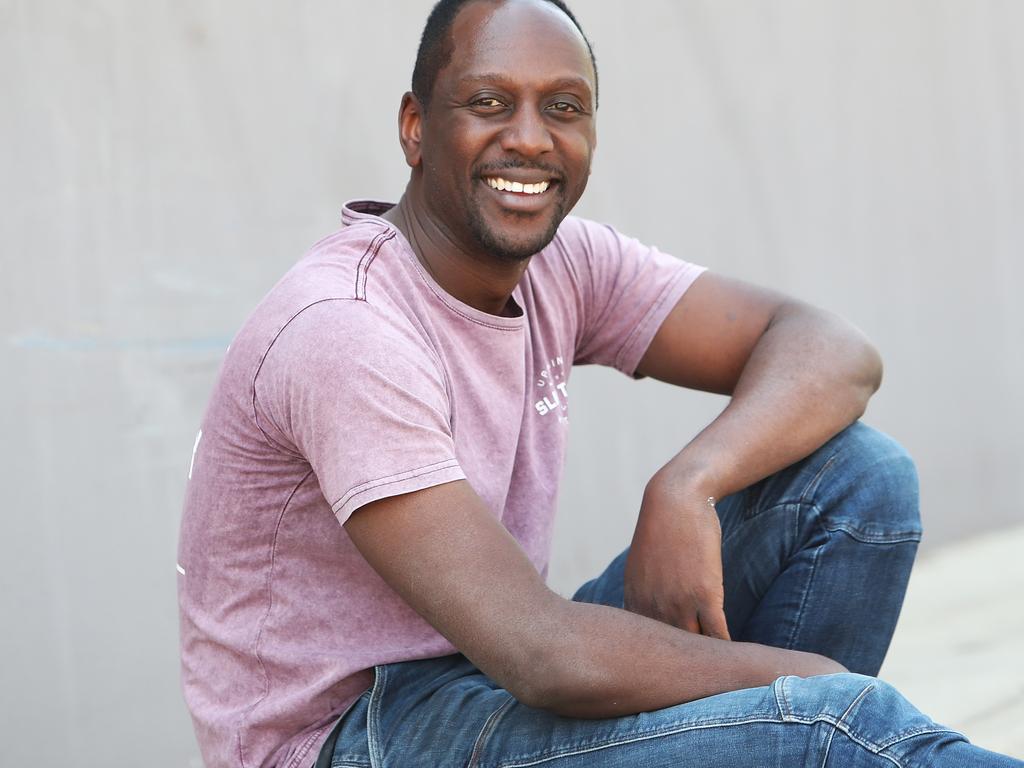High Court ruling reveals racism is rife in Australian law
The case required the court to look deeply at the position of Aboriginal people in Australia and their place in our system of government.
The outcome was highly unusual in that the seven judges each delivered a separate opinion. It was striking that no two judges could find common ground, and that the court also split by the narrowest of margins of four to three. This reflects profound uncertainty about the place of Aboriginal people in our nation.
The case was especially difficult because the Constitution is silent on the status and place of indigenous peoples. Remarkably, the first peoples are not mentioned. In such a case, judges must draw inferences from the rest of the Constitution and the surrounding context to answer the question put before them.
Whatever they decided was bound to attract strong criticism. If the court had reached the opposite conclusion — that Aboriginal people can be regarded as foreigners in their own land — the howls of protest would have been just as loud, although coming from different quarters.
A central criticism of the decision is that the court recognised special protection for Aboriginal people based on a race-based classification. Home Affairs Minister Peter Dutton has said the decision has created “another class of people”. There is force in this, but it neglects the broader context of our Constitution.
Racial differentiation has always been part of the Constitution. The sad truth is Australia may have the last Constitution in the world that permits the community to be divided along racial lines, and particular races to be discriminated against and denied their democratic rights. The novel thing about the High Court decision was not in recognising difference but in deploying a special categorisation to benefit Aboriginal people rather than exclude or disadvantage them.
The framers of the Constitution spent a good deal of time in the 1890s talking about race. They wanted the Constitution to reflect the status and superiority of the British settlers and pave the way for the White Australia policy.
They drafted section 127, which prohibited “aboriginal natives” from being counted “in reckoning the numbers of the people of the Commonwealth”. This stopped them being included in population counts for determining state representation in the federal parliament. It was thought inappropriate to include them because they were not to be given the vote.
Section 25 recognised that whole races of people could be disqualified from voting in state elections. The section said that people excluded in this way could also not be counted in determining the state’s representation in the federal parliament.
Finally, section 51 (26) gave the new federal parliament the power to make laws for “the people of any race, other than the aboriginal race in any state, for whom it is deemed necessary to make special laws”.
Australia’s first prime minister, Edmund Barton, identified the purpose of the power as being to “regulate the affairs of the people of coloured or inferior races who are in the commonwealth”.
The framers had in mind a long list of “undesirables”, including “the Indian, Afghan, and Syrian hawkers; the Chinese miners, laundrymen, market gardeners, and furniture manufacturers; the Japanese settlers and Kanaka plantation labourers of Queensland; and the various coloured races employed in the pearl fisheries of Queensland and Western Australia”.
This was the racial basis on which the Australian nation was constructed in 1901. It was not until 1962 that Aboriginal people were granted the vote in federal elections. Australians then decided at a 1967 referendum to repeal section 127 and to extend the races power to Aboriginal peoples. Aboriginal people could then be counted for the first time in calculating federal electoral districts. It also meant the federal parliament could take over responsibility for their affairs.
The 1967 referendum was incomplete. It did nothing to remove the references to race from sections 25 and 51 (26). Even today, Australia’s most important law embodies the idea that some groups are superior to others.
The referendum also left a silence about Aboriginal peoples. Their long habitation of our land and seas is not mentioned, nor has there since been a formal act of inclusion. Their status was put to one side to be worked out as needed by the High Court. In doing so, the court must interpret a Constitution in which racial distinctions are deeply embedded.
Australians are right to feel uneasy about the High Court decision. It exposes fundamental truths about our Constitution and government. These include the fragile position of Aboriginal people within our society, and fault lines within our political and legal system around matters of race.
All this demonstrates why it is time the Constitution itself was reformed. We need the “rule book” for our nation to reflect the position of Aboriginal people as the first peoples of Australia. This, though, is not a job for the High Court. It can only be undertaken by the people in partnership with their elected representatives. It will require national debate, and a referendum that finally provides answers to some of the most important questions about who we are and how we are governed.
George Williams is dean of law at the University of NSW.





The High Court handed down a landmark decision last week in finding that Aboriginal people do not fall within the federal parliament’s aliens power and so cannot be deported using that power.